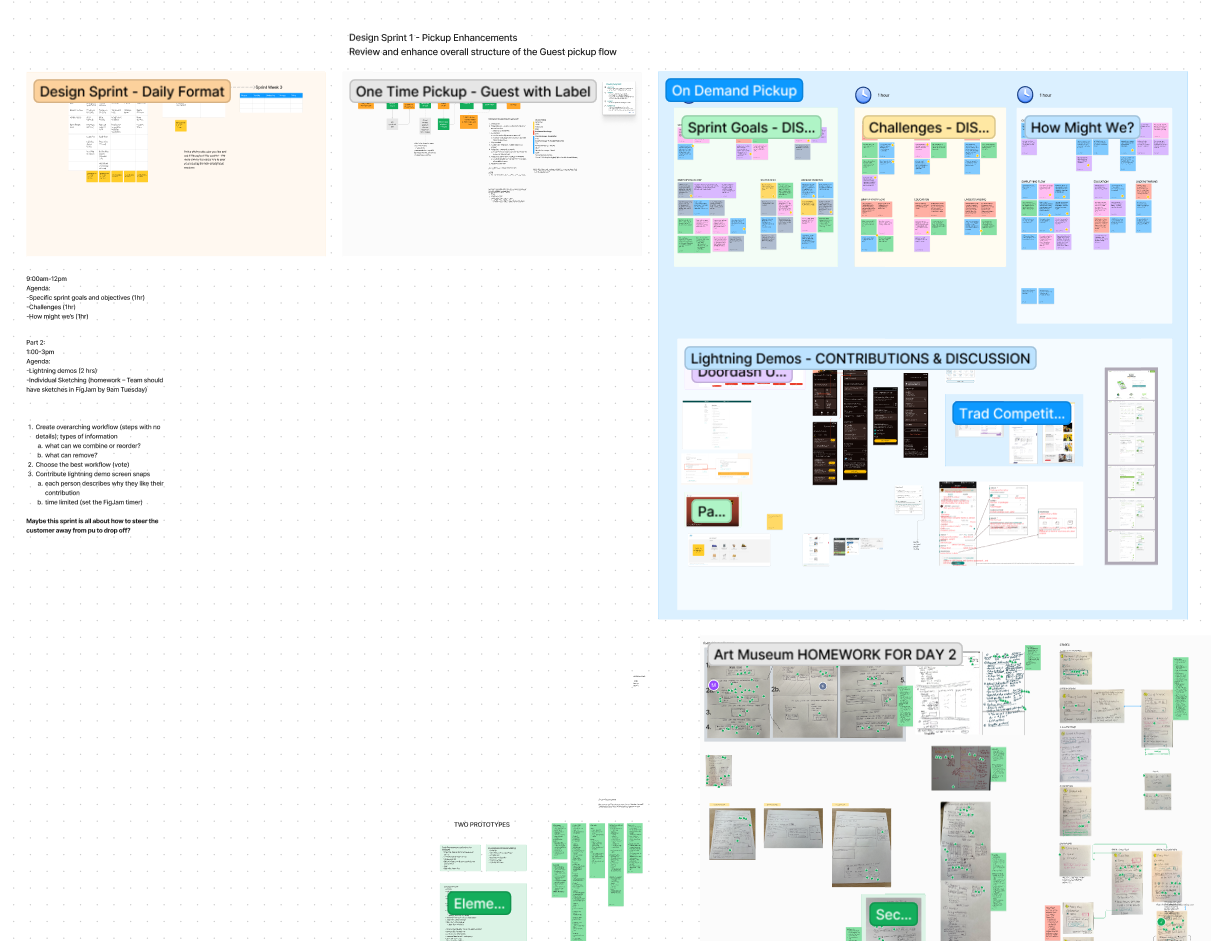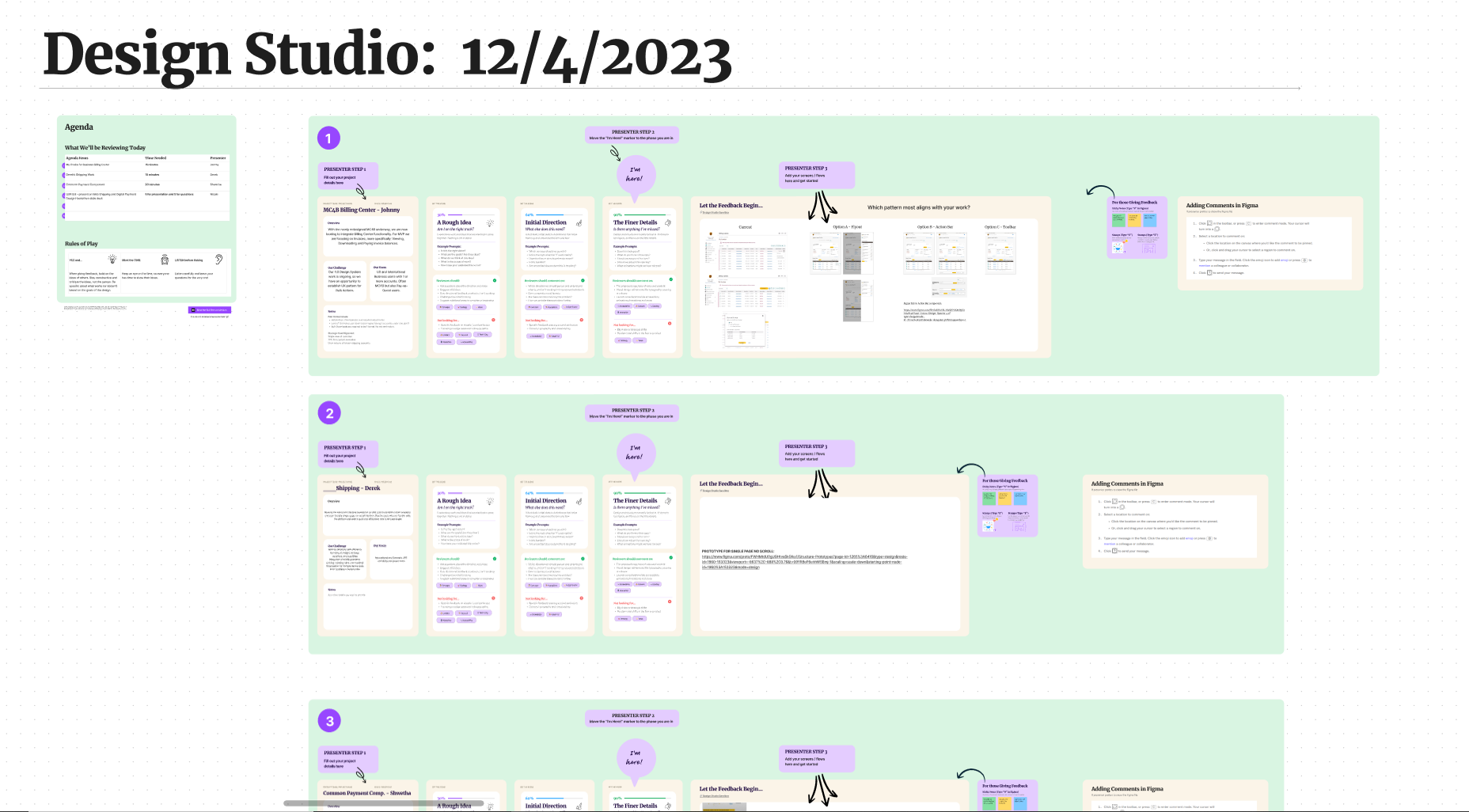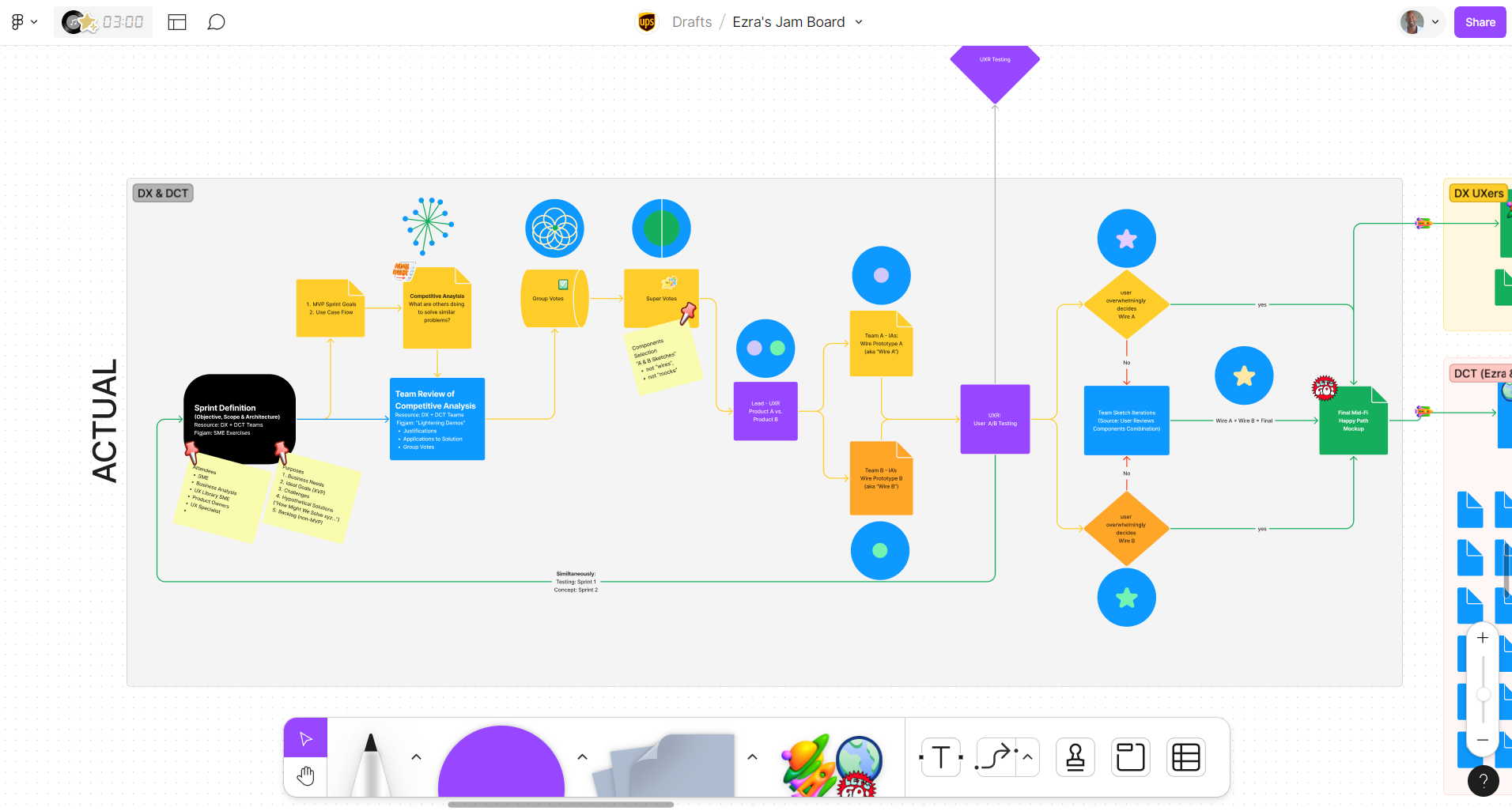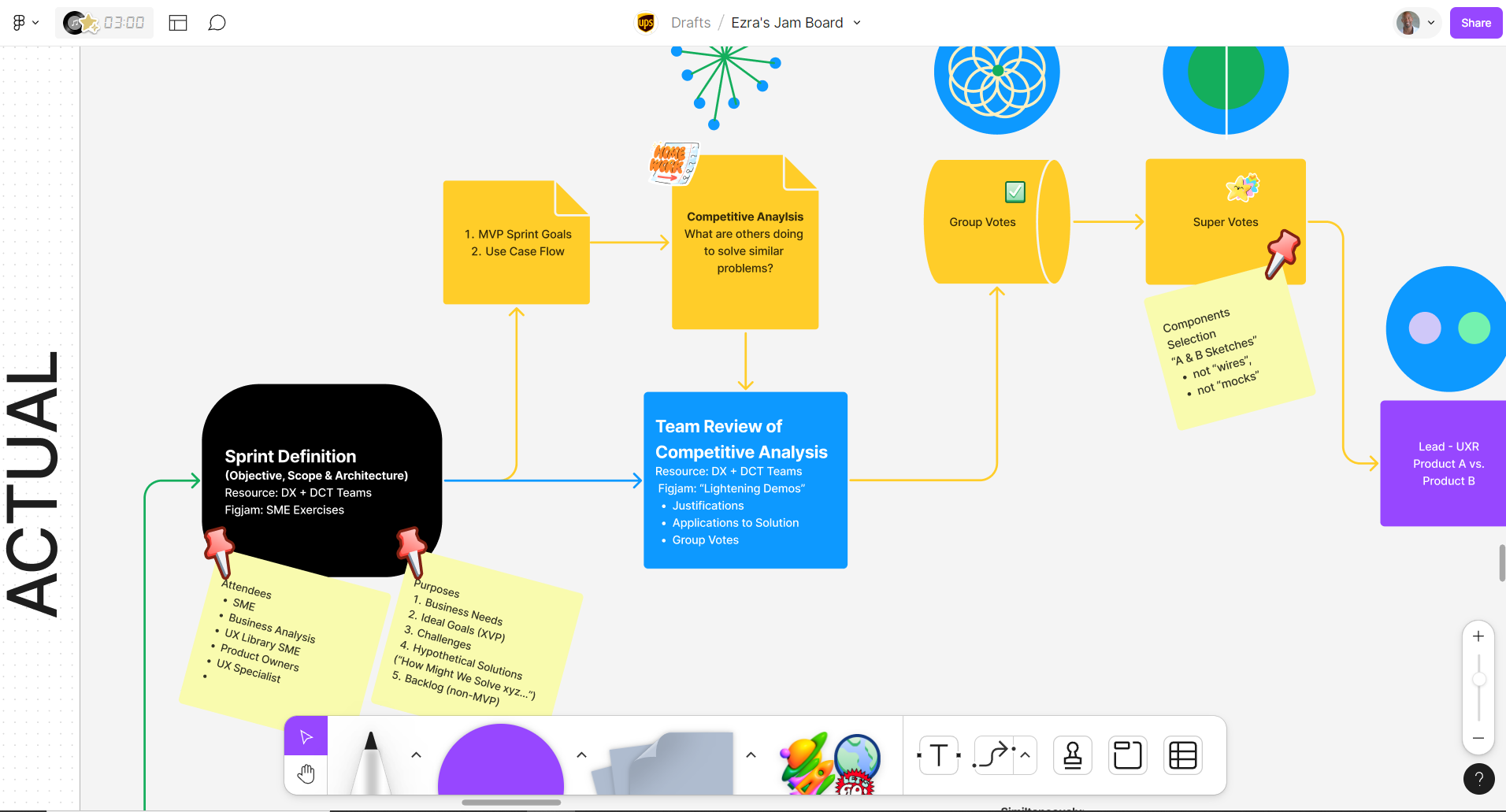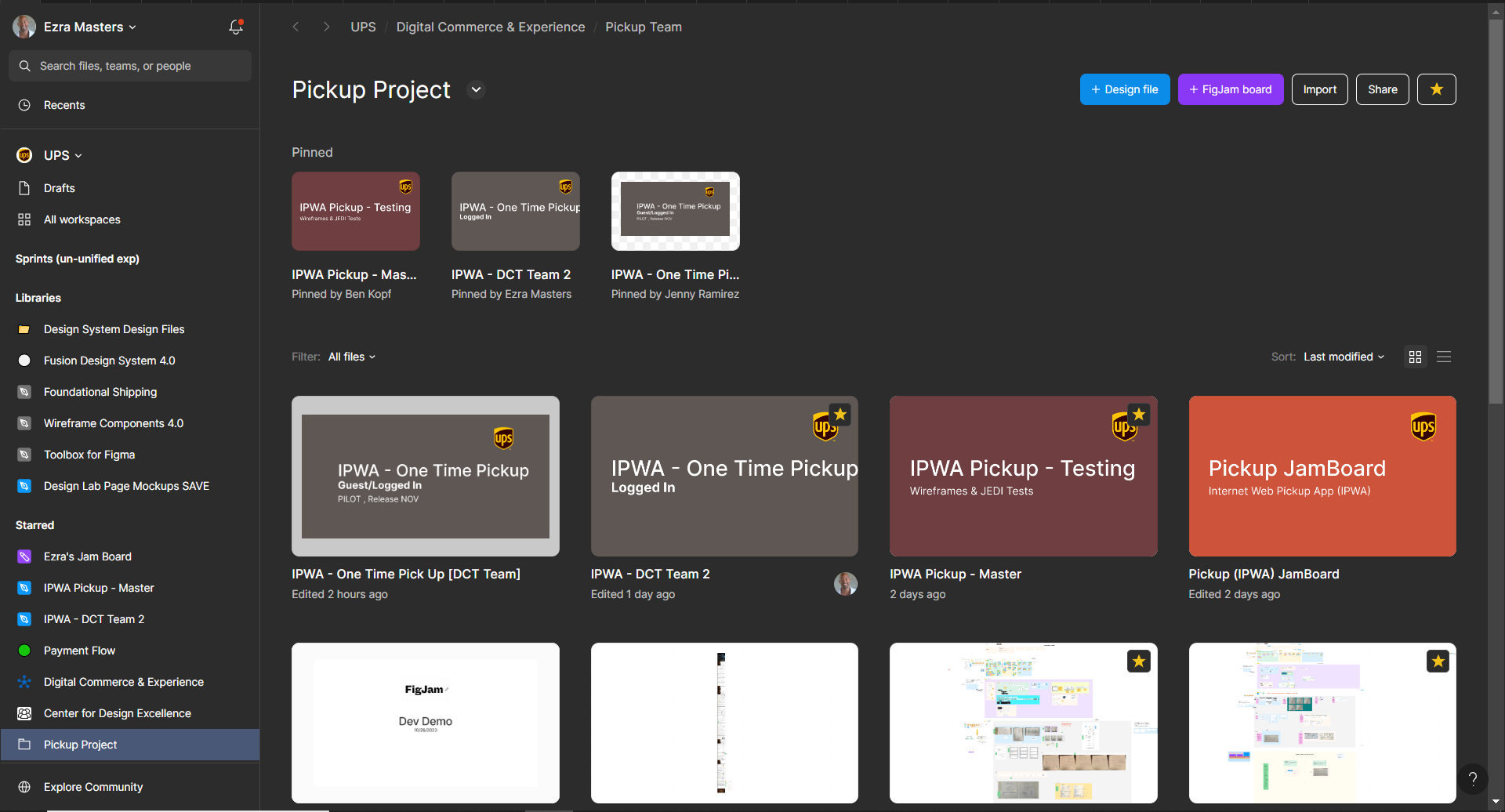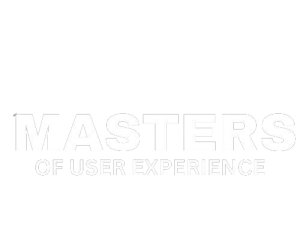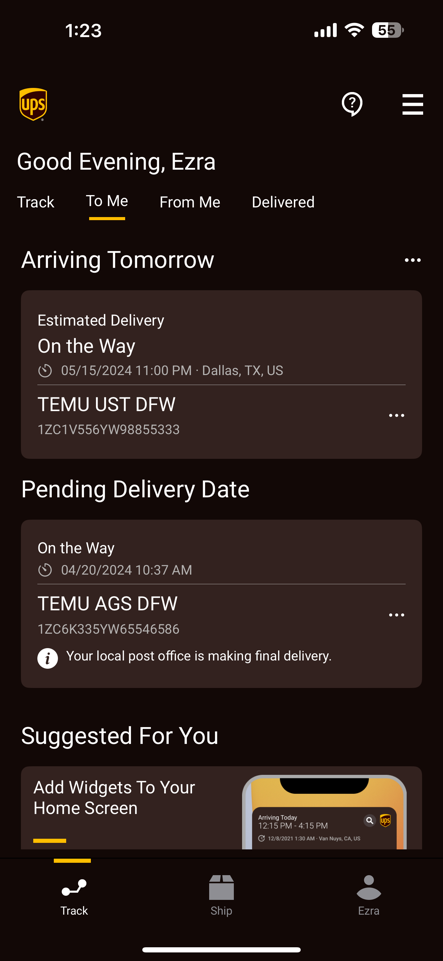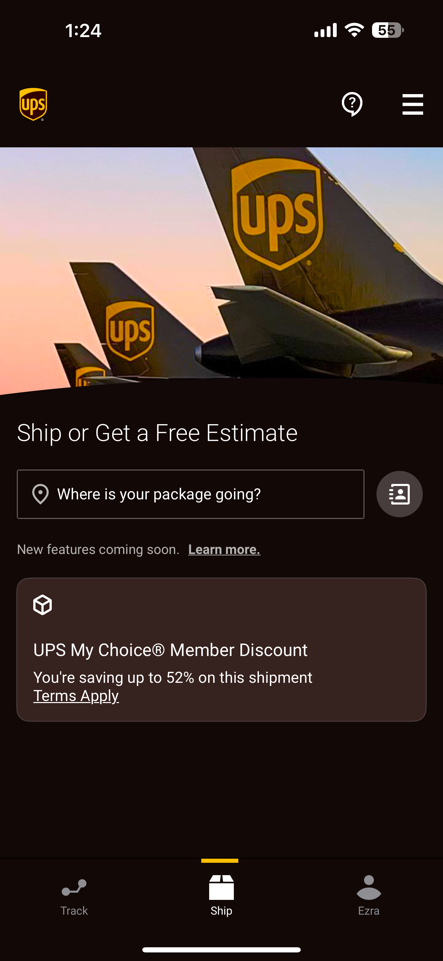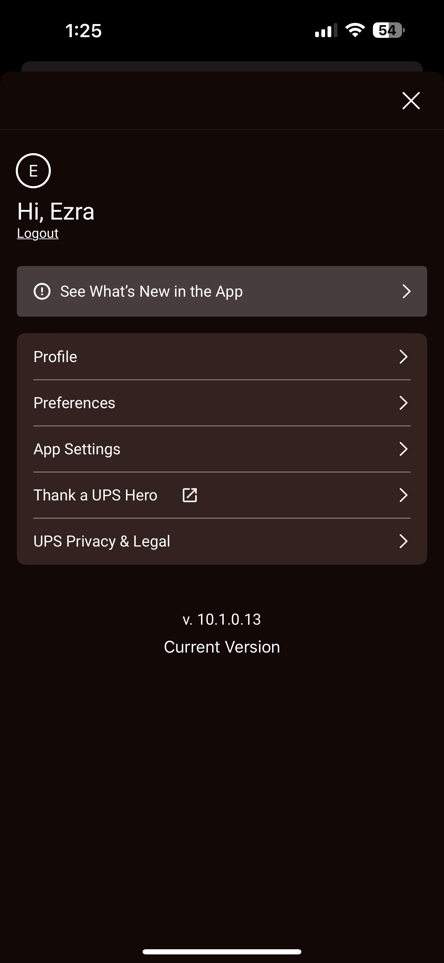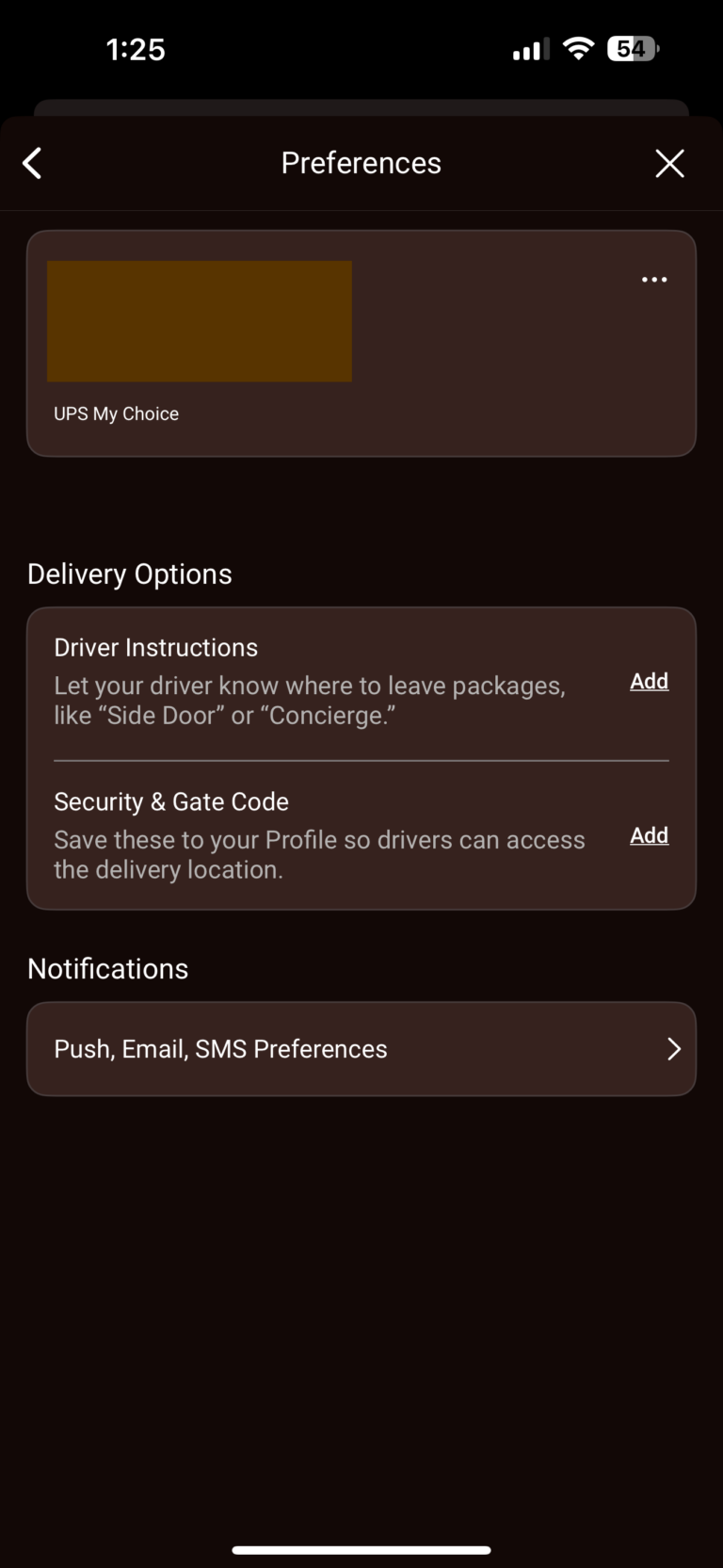UPS
Sr. Product A&D
At present, I am at the helm of mobile application architecture and design at UPS, where my primary objective is to develop user-centric solutions that optimize logistics processes and elevate the satisfaction of customers.
The Problem
Users struggled with an outdated logistics pick-up system that was not intuitive, causing inefficiencies.
The previous UPS logistics pick-up web application suffered from a fragmented user experience, making it difficult for customers to schedule, modify, or track pickups efficiently. The interface lacked a clear user flow, forcing users to navigate through multiple pages to complete simple tasks. The absence of a well-structured information hierarchy and intuitive interaction design resulted in frequent customer complaints and an increased burden on customer service. Many users were abandoning the process midway, leading to lost business and inefficiencies in the overall logistics workflow.
The Solution
Redesigned the logistics pick-up web & locator application with intuitive user flows, improved navigation, and interactive prototypes.
By conducting extensive user research and usability testing, I identified key pain points and restructured the application’s architecture. I designed a streamlined user flow, ensuring that users could complete core tasks within minimal steps. Implementing an intuitive navigation system enhanced visual hierarchy, and clear CTAs significantly improved usability. Additionally, I developed interactive prototypes to validate design decisions before full implementation. The result was a modern, responsive web app that reduced friction, enhanced user engagement, and increased successful pick-up requests.
Promote stakeholder collaboration by conducting strategy sessions and providing regular updates; guarantee that all perspectives are acknowledged and incorporated into the development process.
Construct and refine mobile application interfaces that are both user-friendly and intuitive, guaranteeing their congruence with UPS’s brand identity and customer anticipations.
Establish project milestones, collaborate closely with stakeholders from various departments to collect requirements, and guarantee congruence with organizational objectives.
By employing analytics and user behavior data, design decisions can be informed, and the product can be iterated continuously to align with the changing demands of customers.
Isolate user concerns and correct by incorporating feedback mechanisms into application designs, with user engagement and satisfaction as the highest priorities.
Perform regular competitive analysis in order to establish benchmarks for our mobile applications and detect potential areas for improvement and innovation.
Supervise cross-functional teams during agile development cycles while nurturing a rapid iteration and innovative culture.
